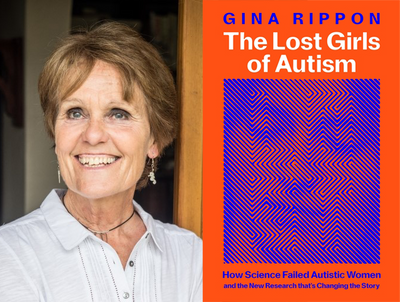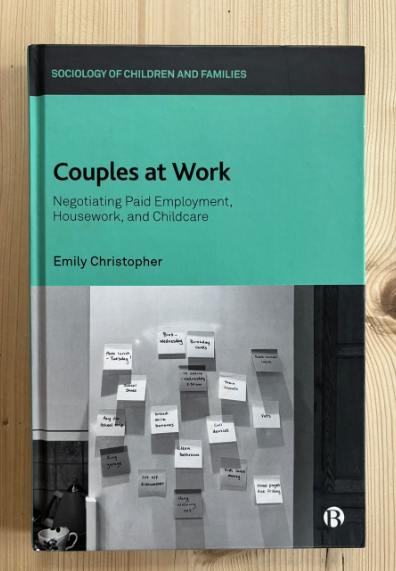- Self-confidence is the key when it comes to overcoming barriers in the male-dominated boardroom
- Unlock the value of mentoring and the ‘coaching culture’ to get the best out of yourself and your business
- Successful female business leader launched company while doing an MBA at Aston University and caring for her baby.
Budding female entrepreneurs should ignore the “voice on the shoulder” undermining their confidence and fulfil their dream of starting their own business.
That is the advice given by a professor at Aston University and a successful female business leader in a podcast created to mark International Women’s Day on 8 March.
Helen Higson, professor of higher education learning and management at Aston Business School, spoke about the challenges facing women in the latest episode of the ‘Aston means business' podcast series, presented by journalist Steve Dyson.
Daniella Genas, who launched her consultancy company She’s The Boss International while studying for her MBA at Aston Business School, was also interviewed on the podcast.
Professor Higson, who was awarded an OBE in 2011 for services to higher education, said she had three main tips for women seeking to start their own businesses.
She said:
“Be yourself, be authentic, don’t try to mimic anyone else, and don’t let that voice on the shoulder chipping away at your confidence win out.
“Where this lack of confidence comes from, I do not know, but self-doubt can really get in the way, so have a conversation with your lack of self-confidence by saying ‘shut up you, I will show you’.”
The second piece of advice was to “challenge yourself kindly, be very kind to yourself, and don’t beat yourself up”, while the third was to grasp the “power of mentoring and coaching”, with Professor Higson herself having trained as an executive coach during lockdown.
She added:
“Coaching culture is fashionable now but it’s actually only trying to help people to take responsibility for maximising their own performance.”
Daniella Genas, who also completed the Goldman Sachs 10,000 Small Businesses programme at Aston Business School, has similar advice for women looking to emulate her success.
She explained that the first issue was for women to “see your difference as a strength, not as a weakness”.
She said:
“If more women embraced their femininity, their knowledge and competence, and stop allowing the fact that they are women to make them second guess themselves, we’d be able to get so much further.”
Ms Genas said women entrepreneurs should also focus on key systems when building businesses so they are not heavily reliant on the owner.
She said:
“If you do need to step away to have a child, you are [then] not put in a position where you have to sell your business”.
That is particularly relevant to Ms Genas as she was forced to sell her first business, Aspire For You, which she set up in 2006, after becoming pregnant with her first child. However, that decision led her to study rather than go on maternity leave, starting with the Goldman Sachs 10,000 Small Businesses programme and then the MBA at Aston Business School, while caring for her baby.
Goldman Sachs 10,000 Small Businesses programme, she recalled, “really changed my mindset”. She said: “I found there were businesses double, triple, quadruple the size that I had that were facing the exact same challenges and problems.”
Daniella, who obtained a distinction with her MBA, said completing the programmes gave her the confidence to say ‘I am as good as anybody else and probably better in many areas’.
She added:
“The idea that I may be seen as less than because I am a woman kind of left my brain.”
Her company, which helps female-run businesses grow but in a sustainable way, recently became She’s The Boss International after taking on clients in the US and St Maarten. It is a far cry, she says, from being told by teachers at her comprehensive school that she should set her sights a bit lower, even asking her ‘have you considered being a cleaner?’.
Professor Higson said Daniella’s story demonstrated the value of education and energy.
“You shouldn’t see anything as a barrier,” she said. “I am quite small, 5ft 2in, and one woman leader said to me: ‘You’re going to find it very difficult to be a female leader because you are so small.’ I replied ‘I may be small but I make up for it with my energy.’ It’s about your impact rather than what you look like.”
Episode 7 in series 4 of ‘Aston Means Business’ podcast can be found HERE.





